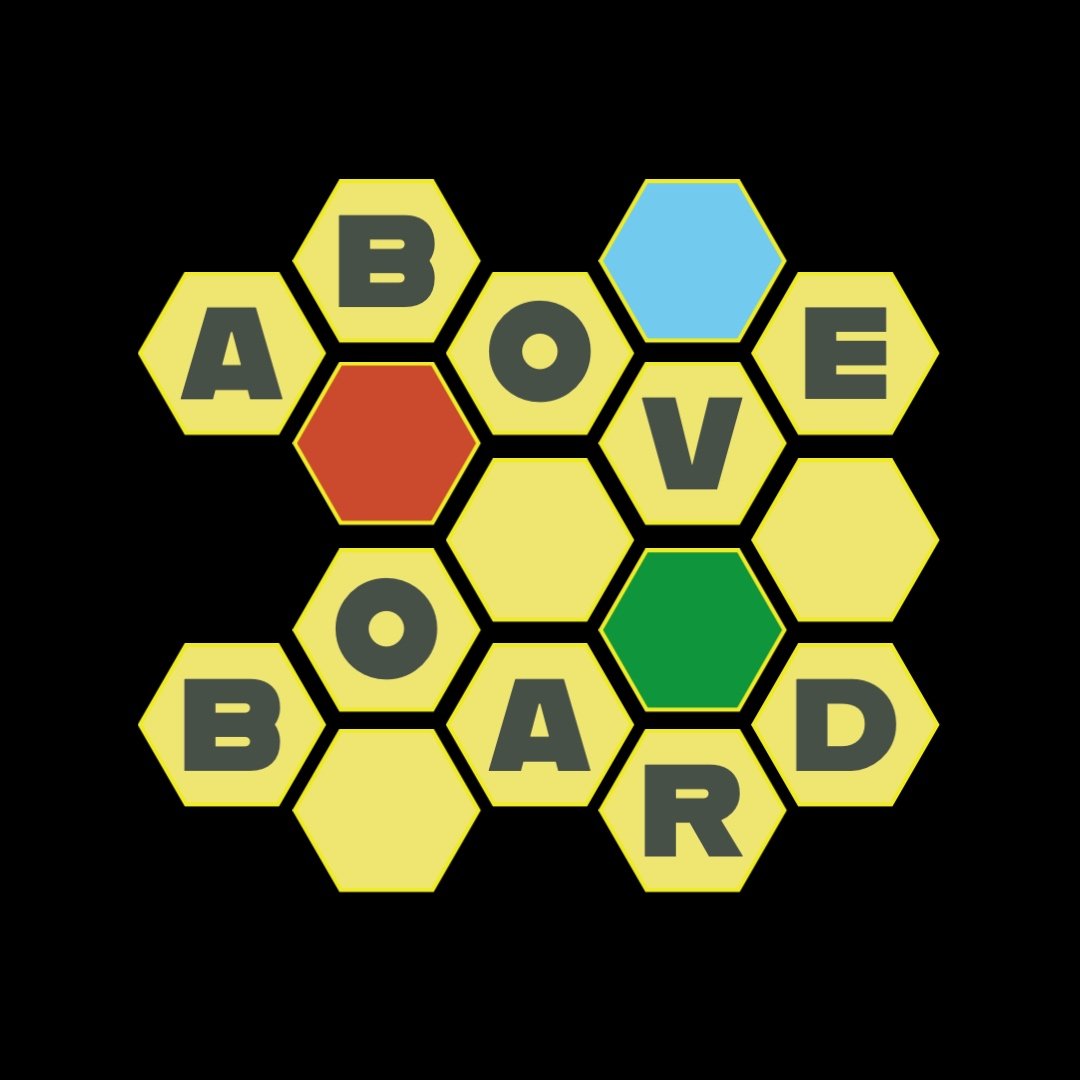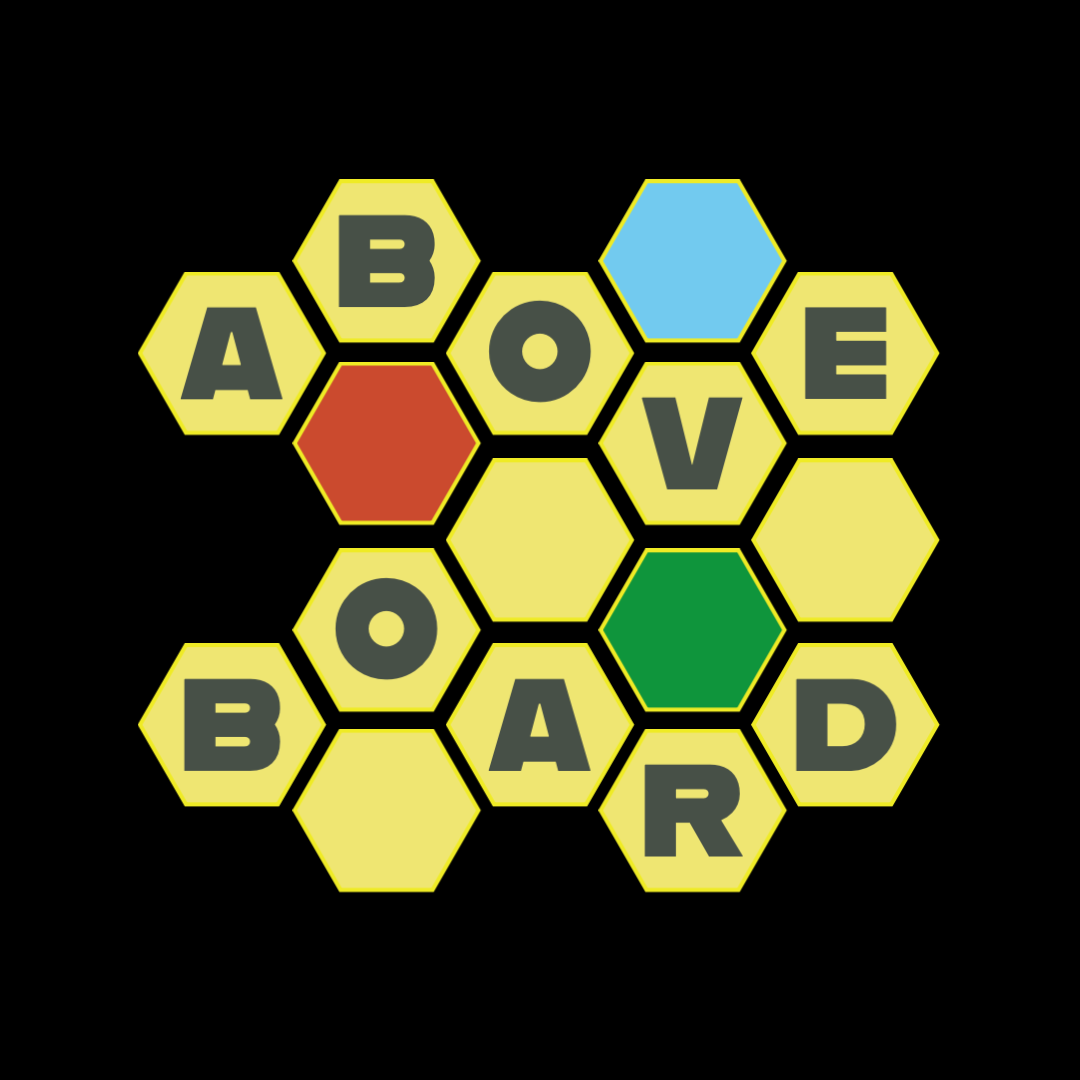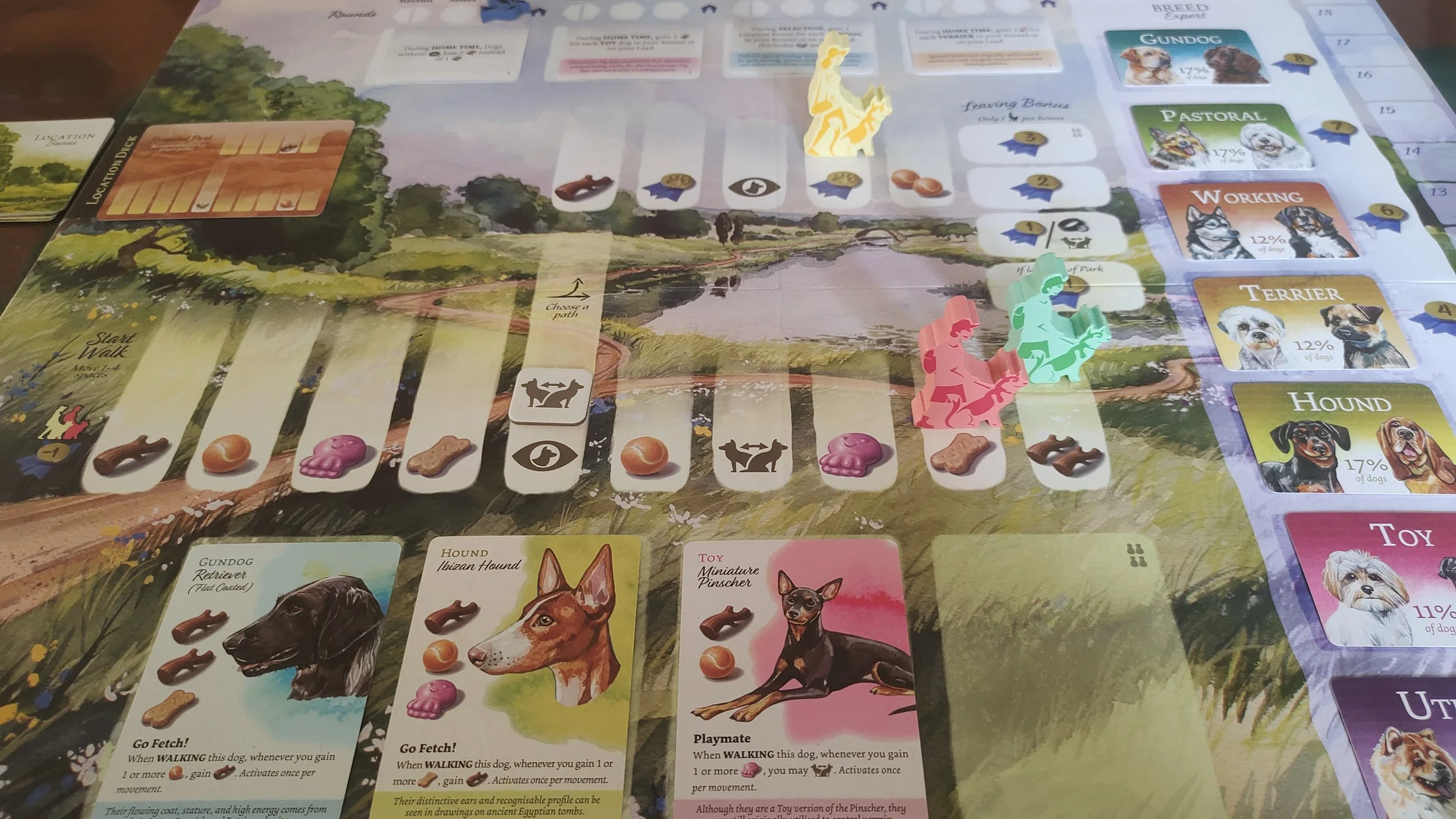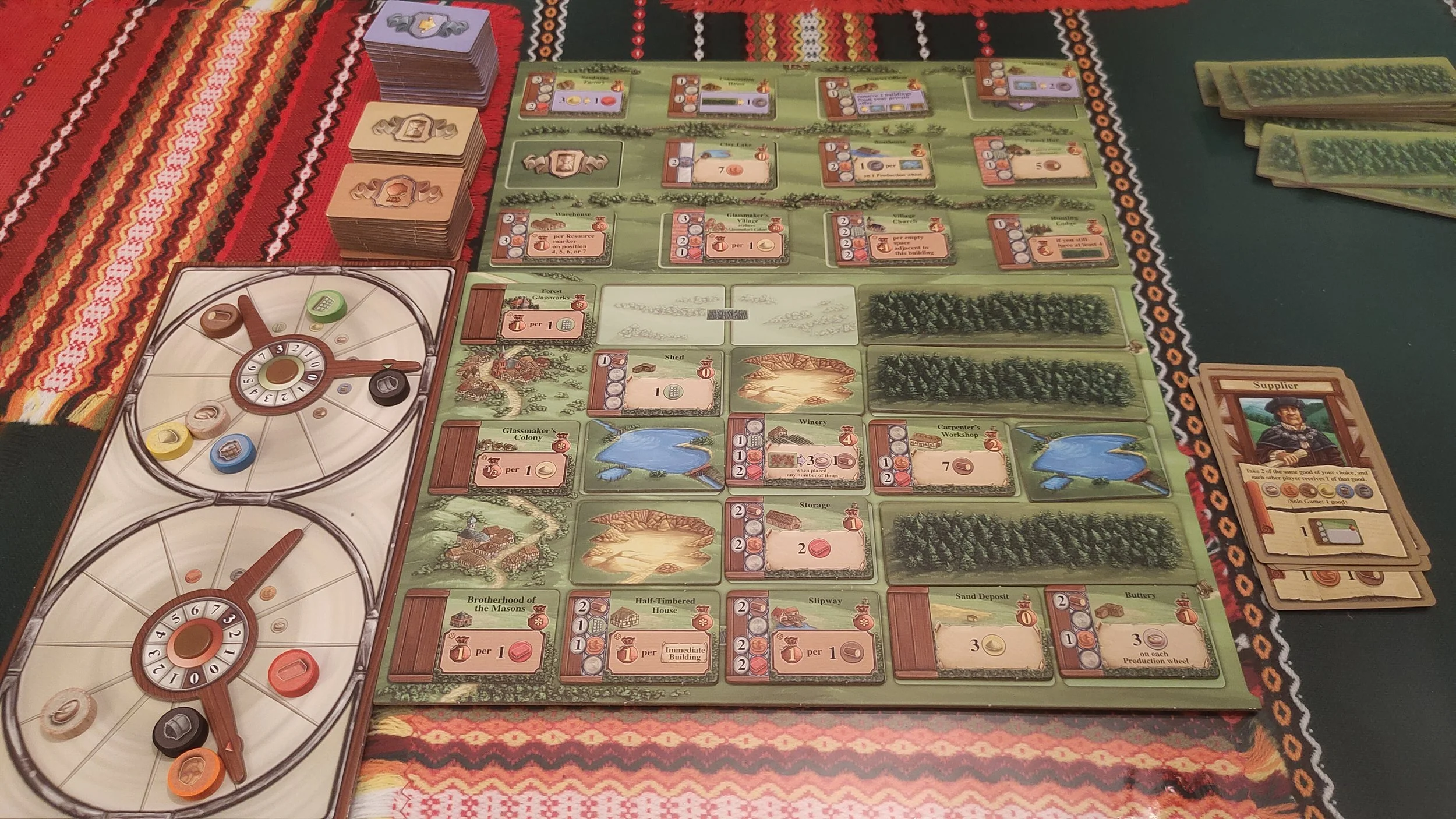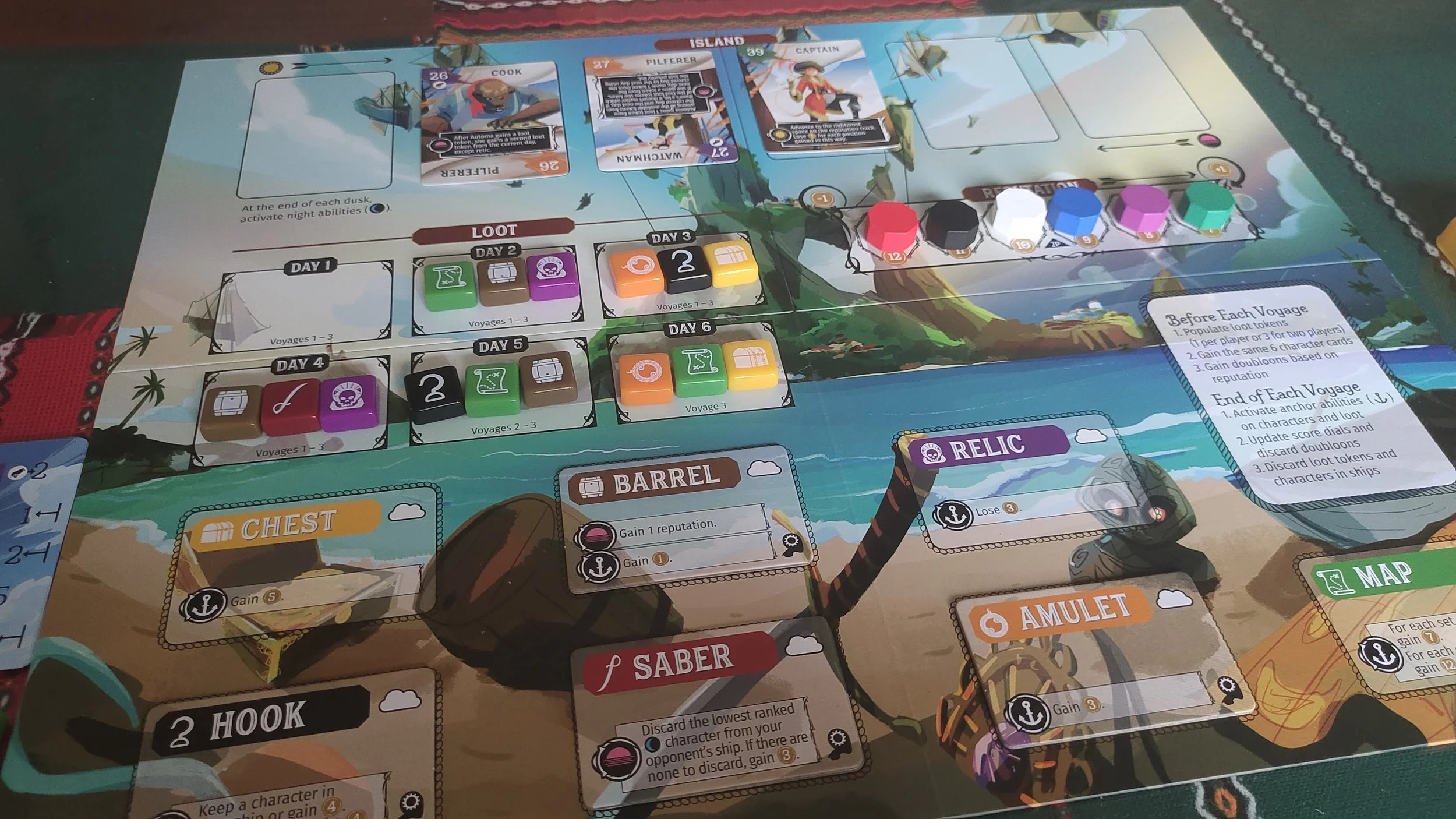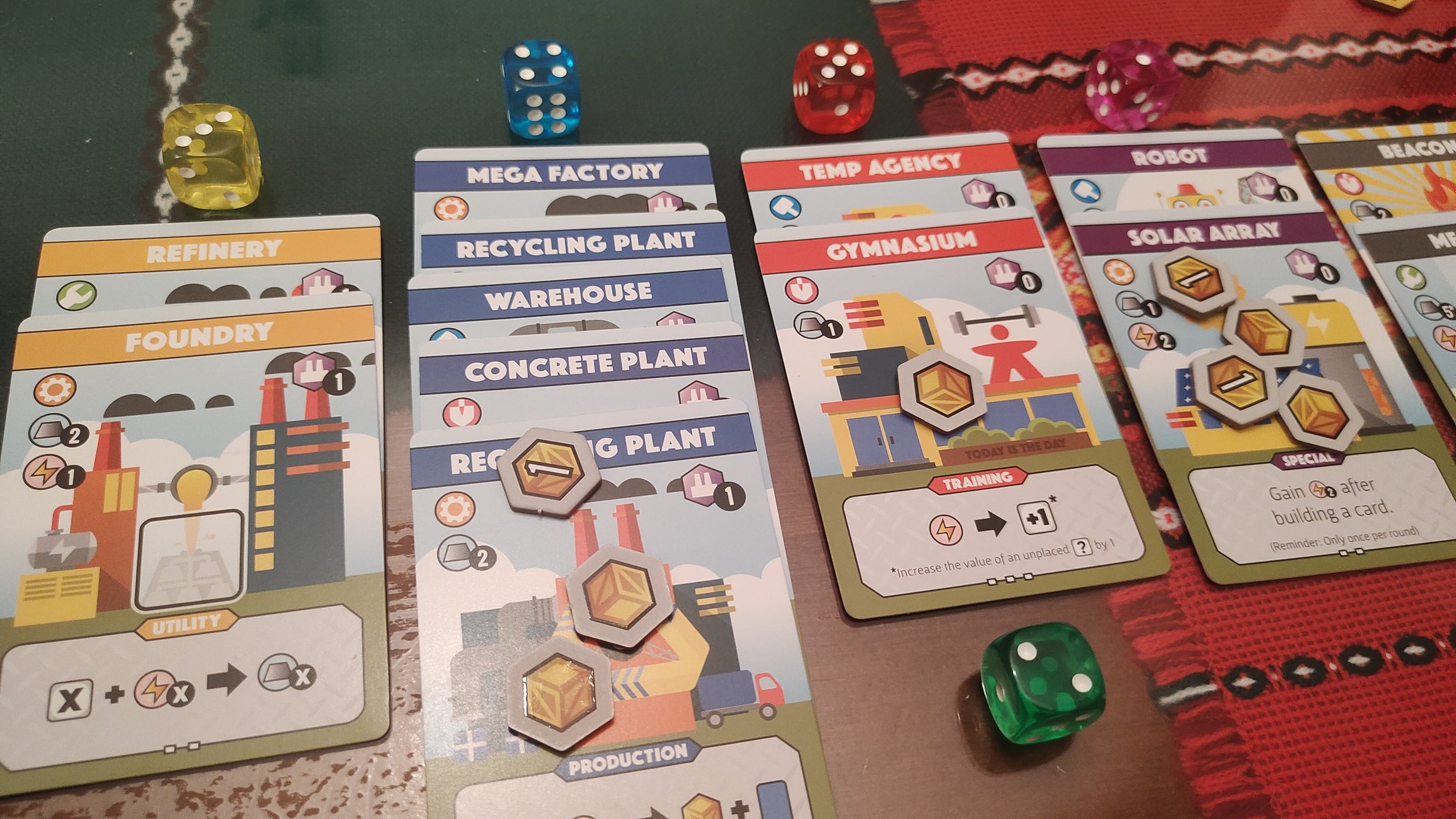Takahe’s Solo Den: My go-to Fillers Part 2
Continuing my list of top 10 filler games in my collection (in no particular order!), the next bunch can be easily called a wild bunch. In the next couple of paragraphs, you will find all kinds of styles, flavours, themes and mechanisms.
But that’s the beauty of fillers. Due to their “easy to pick-up and play” nature, they can speak to a wider audience, even players such as myself who prefer a more meaty board gaming experiences. So, without further ado, here is the second half of my current go-to fillers:
Dog Park
Or in other words, a lite-version of Wingspan. I am actually amazed how many different mechanisms were squeezed into this super-enjoyable, light euro – you have card auctioning here, you have resource management, set collection and tableau building, you have a minor racing challenge… this might sound like someone just chucked whatever idea they had into a cauldron and hoped for a coherent result, but the game -in this glorious mish-mash of mechanisms- surprisingly works. And I am not even afraid to say that it works surprisingly well!
Despite merging a variety of mechanisms together, Dog Park keeps everything relatively light and easy to understand. Bidding for dogs you want (for end-game breeding awards), creating ad-hoc or end-game synergies in your kennel (placing dog X on leash gives you free resource whereas having dog Y in your kennel scores you prestige for all the different breeds housed), or just planning your walk with doggies (some give you bonuses while being out)… all of these decisions are not that complex but still reasonably thinky enough to not make this game feel too shallow or too bland. I especially like the bidding mechanic and a special power allowing you to swap dogs between your kennel and the market – sometimes you just don’t want to use your precious prestige to get a sub-optimal dog and instead, you wait for an opportunity that might arise later on.
The solo mode included is a BYOS type, however you will be competing with 2 other automated bots, meaning they’ll be actively bidding for dogs, collect them in their kennels (thus competing with you for the end-game breeding awards) and also race you on the walking track. So, even though this game is a beat your own score affair, you still have to look out for your opponents as they can ruin your plans and snatch the end-game trophies from you at the last possible moment. As a dog lover, this game is hitting all the right chords for me as a filler and I can’t recommend it enough… especially as a lighter alternative to Wingspan!
The Grand Carnival
This game has been flying under the radar a bit but make no mistake - this is a killer polyomino filler for anyone solo-positive. The Grand Carnival is a beautiful and unexpectedly crunchy puzzle about building your own fair and entertaining the visiting guests with a wide variety of rides and attractions. The core gameplay is simple enough – you have 5 turns each round (7 in total) and each turn has a specific “strength”, based on numbers 1-5. Lower numbered turns allow you to do less (buy only level 1 attractions such as stalls, move your visitor by one space etc.), higher level ones are obviously more valuable as you can get bigger rides, potentially better or more suitable building tiles or move your visitors further up the tracks.
Now, I understand that solo in this game might not be everybody’s cup of tea. Why? Because it works differently than the multiplayer game. Not in the sense of mechanisms but in the sense of what your goal is and what you are trying to achieve. Being a beat your own score type, you are not just trying to build up whatever wherever – your goal is to build at least 2 attractions of each “strength” level, otherwise you score negative points. You also score negative points with exposed construction sites. To counter all the potential negative scoring, you can score plus points by fulfilling the trick and treat objectives, by building a set of 3(!) attractions of the same strength, by having popular attractions in your fair (with at least 2 tickets on them) etc. What this negative vs positive scoring means is the game is a very tight puzzle where every decision matters.
And it is an addictive puzzle indeed! You will constantly be evaluating how to use your precious turns, how to avoid having too much construction spaces exposed, how to efficiently place the attractions, how to get visitors “seeing” these attractions… it’s just a beautiful spatial puzzle to solve. And it’s not an easy one for sure! Getting across the threshold and scoring positive points is one thing, reaching up higher rankings with your points is a totally different beast. I have yet to reach the top 2 titles despite having played this game for nearly 20 times now. But that tells you something – it’s a super-fun, neat, polyomino filler I am always excited to setup and play!
Glass Road
Ok. Maybe this game is not a typical, light filler you have seen in this list – but because it is so easy to setup and play, with a relatively short game-length, I couldn’t NOT include it. Because… it’s a fantastic dry euro, perfectly suited for a quick solo play! Probably the most solo-friendly and most-approachable euro-classic from Uwe Rosenberg (alongside his newer game called Nusfjord), Glass Road is purely about synergies between your buildings. You have 7 rounds with variable number of turns to “fill up” your player board with a variety of buildings, forests, lakes, and clay/sand pits in order to score as many victory points as possible.
The game comes with a ton of buildings to choose from, plus these are categorised into 3 groups, meaning the variability of this game is pretty much limitless. You will most likely never see the same combinations of buildings in the display, available to you, twice. As I have mentioned already, 3 different building types are what makes this game such an amazing and hugely replayable affair – you have instant buildings granting you something upon placing them on your board, you have anytime ones that allow you to exchange X for Z… and then you have the end-game scoring buildings that will give you VPs for a variety of things. Plus, many buildings also have their on VP value. So, point salad it is… but since it’s condensed into a small area, counting these points at the end of the game is a relative breeze.
As you have probably guessed, Glass Road is a pure Rosenberg euro, which means the solo mode is -as usual- beating the targeted score and then your own one. But that’s perfectly fine as the sheer fun of constantly facing a different puzzle due to the variety of buildings and potential scoring opportunities totally overshadows the winning conditions. In other words, this game is about the journey, not the end. It’s the gameplay itself that is hugely satisfying, it’s the joy of finally placing the building you needed to score the massive chunk of vps that makes you smile… yeah, this game is about those little moments of happiness it gives you every time you pull-off something clever. No wonder Glass Road has been one of the most recommended solo games from this designer – and rightfully so!
Libertalia: Winds of Galecrest
This game is certainly a more unique one in this list. Libertalia (the re-print made by Stonemaier Games) is not a euro game, nor it is a polyomino. It is a … hard to describe card game about collecting loot using your pirate crew, each one with their own power level, unique skills and abilities. I think that sums it up quite accurately 😊. In other words, you are trying to snatch the best possible loot using a carefully chosen member of your crew, while also trying to benefit from their abilities and skills.
From the rules side of things, Libertalia is very easy to learn and even easier to play. Where the complexity lies however, is in all the various cards and their powers. Each round (the game is split into 3 voyages, each subsequent one lasting longer -> offering more opportunities to get loot you want) starts with someone drafting random 6 cards from their deck. Here’s the catch - each player, including the solo bot, has to use the same drafted cards during the game as everyone else – meaning, everyone is equal and no one has an edge over others just because they had more luck in card draw. However, as the game progresses and the pool of available cards expands, each player is free to chose which one are they going to play and when. This means that game is still very much tactical while also keeping it fair for all the players.
Speaking from the solo perspective, I think the duo-automa included in this game is so far the best one Automa Factory has produced to this date. Sure, the game is light and pretty straightforward to play, but the way automa picks cards it wants to play is actually quite smart. Once you’ve done your turn and placed the chosen card on the board, automa flips one of their solo cards and places it before/behind you, based on the power level of the card just drawn. This is just a dummy player thought – the main one choses card from the same pool as you by following a simple, elegant and easy to follow flow chart. And this flow chart shows which cards automa picks based on the loot available. So for instance, if there are 3 types of loot of equal value, automa picks a card of a lower power, knowing it will still get a valuable loot even if it does not play it’s strongest card. However, if there is only one valuable piece and perhaps, even the bad one, automa will try to use one of it’s strongest cards. But which one? That’s what flowchart will tell you.
I was really blown away with how simple yet smart this automa operates. Because of the flowchart being different for each turn, you never fully known whether you should keep your strongest card for later or you “should be” ok playing just your second best one. The other thing you have to take into account is what those cards do for the solo bot as many of these give automa additional doubloons (coins and VPs at the same time) and could potentially score them more than the loot token itself. Wonderful tension, wonderful presentation, clever solo, huge replayability (each deck consists of 40 cards so you won’t see them in the same configuration pretty much ever)… Libertalia: Winds of Galecrest was and still is a surprise hit among all my fillers and if I haven’t borrowed the game to my friend, it would have probably topped this list – it’s that GOOD!
Fantastic Factories
Ever since this game hit the retail, I was on the fence with purchasing it – there are tons of engine builders on the market and tons of them with a much more interesting theme and much more heavier feel to them (which is what I like). However, having a chance to play it as a multiplayer, I was immediately hooked. Not because of art or theme, nor because of the core, central mechanism… but because how immensely pure this game is. This is probably the most distilled, down to the bone engine builder I have ever seen and played. Fantastic Factories does not overwhelm you with tons of inter-locking mechanisms, little and easy-to-forget rules or ambiguity. All you do in this one is build stuff using 2 types of resources and make other stuff happen by placing your dice workers on the stuff you have already built.
As you have probably guessed by now, by building more and more structures, you are creating synergies and combo opportunities. And these chained actions that you trigger by doing XYZ is what makes this engine builder shine. The satisfaction level of seeing how your “engine” does various things through a single worker is simply of the charts. Just a quick example – you place your worker on a factory, it produces goods but also triggers another instant action allowing you to draw another building card, one you can immediately build and even use to start another similar chain reaction. It’s just so much fun to squeeze these combos out of your tableau and due to the sheer variety of structures you can build, each game will bring in a different set of opportunities.
Another great thing about Fantastic Factories is it’s easy peasy solo mode. Despite being a filler (at least, in my books), this game does come with an actual AI opponent you have to beat in order to win. With 4 difficulty levels, the automa will definitely test your engine building skills and thanks to a very straightforward set of rules, you won’t be required to spend your brain power on figuring out what the bot actually wants to do. You’ll just roll dice, build a card from a market in bots tableau, and produce where the number of pips is less or equal than the total number of buildings of the matching colour. As I said – easy peasy.
Looking back, I don’t really know why I was so hesitant to get this game. It’s not super-expensive, it’s not sprawling, does not take long to setup and it’s an absolute joy to play… it is just an amazing little engine builder overall! Fantastic Factories maybe doesn’t wow you with it’s concept, it’s theme, nor it’s presentation – but it did blew my mind with it’s “fantastic” gameplay 😊.
Honourable mentions
10 filler games you’ve just read about might look like a solid number and variety … but I do actually have way more of them in my collection than what I have originally thought. Hence, the following few lines dedicated to some that really deserve at least a tiny recognition:
Aerion and Sylvion - both small-boxed games, both from the same designer, both completely different experiences. One is a card drafting and dice rolling affair (Aerion), one on the other hand, a pure tower defense survival ( Sylvion). Both with stunning art and tons of variety in a form of additional modules you can add to the base versions.
Streets and Villagers – I might as well copy what I have said before – both are from the same publisher, in very similar packaging but vastly different gameplays. Villagers is a card set collection engine-builder, Streets is a spatial puzzle about building streets and moving people around. Both games are on the lighter side, however Villagers does offer more meat as the variety of cards and card combos provides a nice challenge in terms of how you want to maximise your scoring. Both games come with a solo opponent so expect some solid and solidly designed competition to beat.
Roll Player – a very refreshing and original take on ameritrash – almost hesitant to call it that way! You are essentially “building” stats for your hero to meet the scoring criteria, while also trying to equip him with useful traits, skills and gear. Despite being a dice game, the luck factor in dice rolls is nicely mitigated by having a variety of options to manipulate your dice once you’ve placed them in your attribute slots. This game is hard. Hard to score well, but not once have I felt I wasn’t doing good because of what dice I have used or what values I have rolled. A very challenging, beat your own score dice-placement game that will surprise you with it’s complex puzzle.
K2 – a relatively straightforward survival game, K2 will absolutely destroy you if you’re not careful with your moves. As a card driven game, you use your hand of available cards to move 2 of your climbers up the mountain while also taking into account a forecasted weather and punishing acclimatisation that can catch you off-guard if not treated with respect. In my first couple of games, both of my climbers ended up running out of oxygen/freezing to death because the initial climb was so easy, it made me cocky and reckless. But once you reach the higher altitudes, the survival nature of this game really kicks in and you’ll be scrambling for cards that would allows you descent, just to get your people out of deaths threshold. Very thematic, very immersive, fun little filler gem!
It's a Wonderful Kingdom – this relatively small (component wise – the box is way too big for what’s inside), card driven engine builder offers a TON of variety while also being a very thinky game at its core. The variety comes in a form of additional modules and you have to add at least 1 to the base game in order to play. These vary from rats’ infestation you have to deal with to fulfilling specific quests such as providing x-y-z number of resources. What I love about this game is it’s simplicity – you draft cards and then you either discard them to get a resource or you start building them. Once the card is built (all the required resources are placed on it), you then move it to the built column of your tableau – this card will then grant you additional resources during the production phase, potentially give you a one-off bonus (such as soldiers)… or will score you victory points at the end of the game. Yeah – It’s a Wonderful Kingdom is very easy to setup and play but still provides enough meat on it’s bones to make your time spent with it feel worthwhile!
